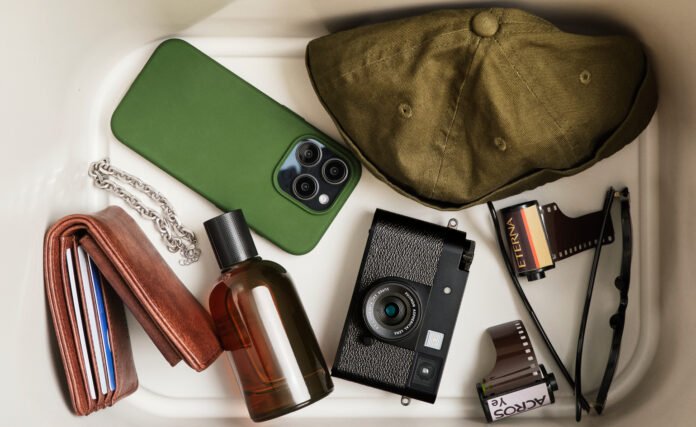With smartphone photography getting more sophisticated every year, it’s perhaps surprising to see compact cameras surging in popularity. In the first three months of 2025, the Camera and Imaging Products Association (CIPA) reported that global shipments for cameras with built-in lenses increased by about 115 per cent in comparison to last year. For real-life proof, head to a local camera store and ask how long the wait list is to get hold of Fujifilm’s new X100VI (good luck!).
The truth is, when it comes to travel, we want travel to be the primary focus. With many of us attempting to switch off while abroad, it’s easy to see the appeal of a dedicated camera. With help from our technology editor, Jonathan Bell, we’ve selected five compact cameras perfect for capturing memories on the go.
Five of the best travel cameras
Fujifilm X half

The latest addition to the X Series, Fujifilm’s X Half playfully reimagines traditional half-frame cameras – those that use an 18×24 mm image area (allowing 72 exposures instead of 36). At just 240 g, the bijou camera features a 20-megapixel sensor, a fixed 32mm F2.8 lens (35mm equivalent), and a simple touchscreen interface. Besides the signature film simulation mode, a standout is a new setting which withholds image previews until a full ‘roll’ is finished. There’s also a dedicated X half app, which allows for easy image transfers via Bluetooth. For those who like to experiment, the camera’s two-in-one mode can merge two stills or video clips into a single composition.
If you are after a more complex but still compact camera, read our review of the new Fujifilm X100VI.
Pros
- An easy way to explore the look and fun of film photography.
Cons
- No support for RAW image capture.
Sony RX100 VII
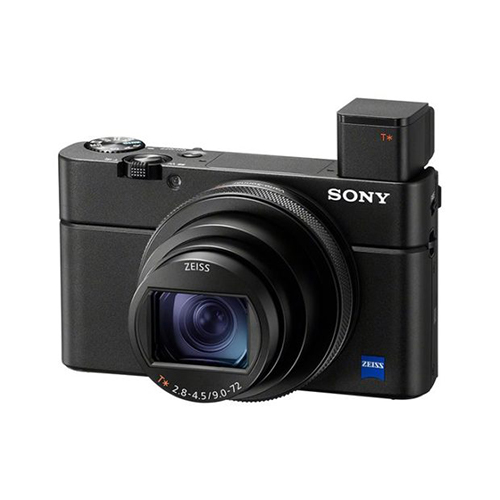
Since launching in 2012, Sony’s RX100 series has been a go-to for travellers, known for its truly pocketable size (weighing 240 g), strong sensor performance, and vlog-ready 4K video features. The RX100 VII continues that tradition, packing serious capability into a compact body. The highlight is a flexible 24-200mm zoom lens, delivering high magnification without lens swaps. A new Single Burst Shooting mode captures split-second action with precise AF/AE tracking at speeds down to 0.02 seconds, all without display blackout. The 20.1 megapixel sensor produces detailed images, while built-in ‘Creative Style’ and ‘Picture Effect’ modes support in-camera editing. Despite its size, it includes a mic input and a pop-up viewfinder.
Pros
- Versatile zoom range and great for shooting fast-moving subjects.
Ricoh GR III
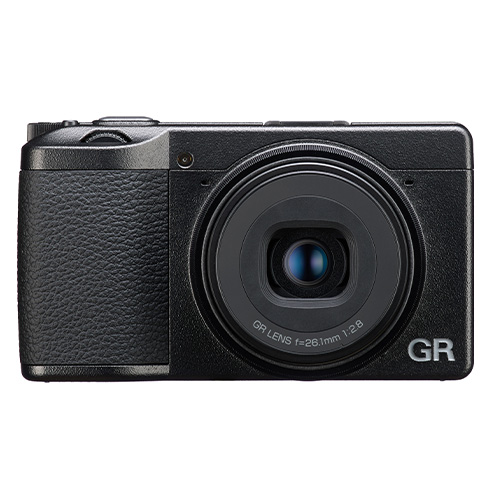
With one of the sharpest lenses in the digital point-and-shoot market, the 262 g Ricoh GR IIIx is an excellent choice for any travel packing list. It features an 18.3mm F2.8 GR lens, offering flexibility in low-light conditions. In addition, this latest iteration of the model includes a built-in HDF (Highlight Diffusion Filter) for soft, diffused images with mellow highlights. Key strengths of the GR IIIx include a large 24-megapixel APS-C sensor (surpassing the one-inch sensors in many compact digital cameras) and a three-axis shake reduction mechanism that provides four stops of stabilisation, perfect for handheld shooting and street photography. For connectivity, it allows easy pairing with smart devices through Bluetooth and wireless LAN.
Pros
- Excellent image quality and quick autofocus.
Cons
- Automatically turns off when temperatures are high.
OM System OM-5
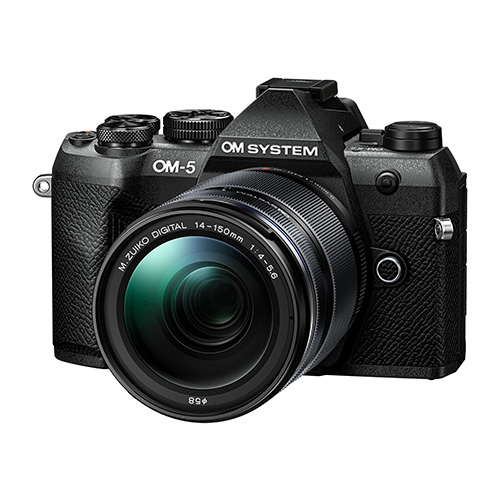
First released in 2022, the OM System OM-5 remains one of the best travel companions due to its streamlined, lightweight design and adventure-proof weather sealing. Praised for its versatile features, the 20-megapixel Four Thirds mirrorless camera supports interchangeable lenses, although it is commonly sold with a 14-150mm F4-5.6 M.Zuiko MK II lens, which is perfect for everything from wide-angle landscapes to close-up portraits. Photographic features include a handheld high-resolution shot mode, Live ND, and support for vertical video playback on smartphones. The powerful in-body five-axis image stabilisation is ideal for shooting on the go.
Pros
- Weather sealing offers dust and moisture protection.
Leica D-Lux 8
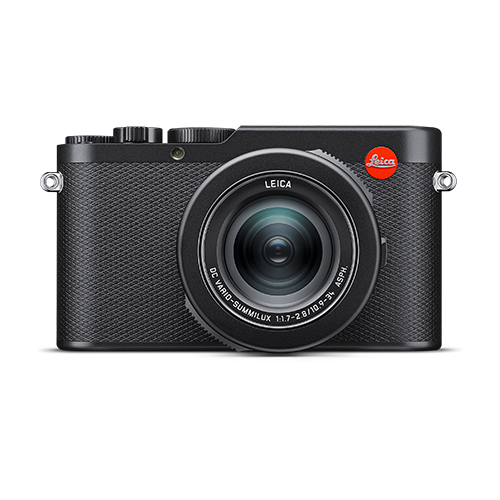
With the arrival of the eighth-generation D-Lux, Leica continues to expand its range of point-and-shoot cameras, featuring an uncomplicated, universal interface alongside the brand’s signature durable and elegant design. Weighing 397 g, it includes a fast Leica DC Vario-Summilux 10-34mm F1.7-2.8 ASPH zoom lens, a 17-megapixel effective sensor (21-megapixel total), and a sharp OLED viewfinder. Although the lens is fixed, it still provides ample creative flexibility, including switchable aspect ratios and a macro mode. The combination of a touchscreen and tactile dials makes shooting feel intuitive. Wireless integration via the Leica Fotos app allows for quick transfers and on-the-go edits. Furthermore, the camera supports RAW and 4K, as well as a hot shoe for external flash support.
Pros
- Streamlined use and all-around quality.



